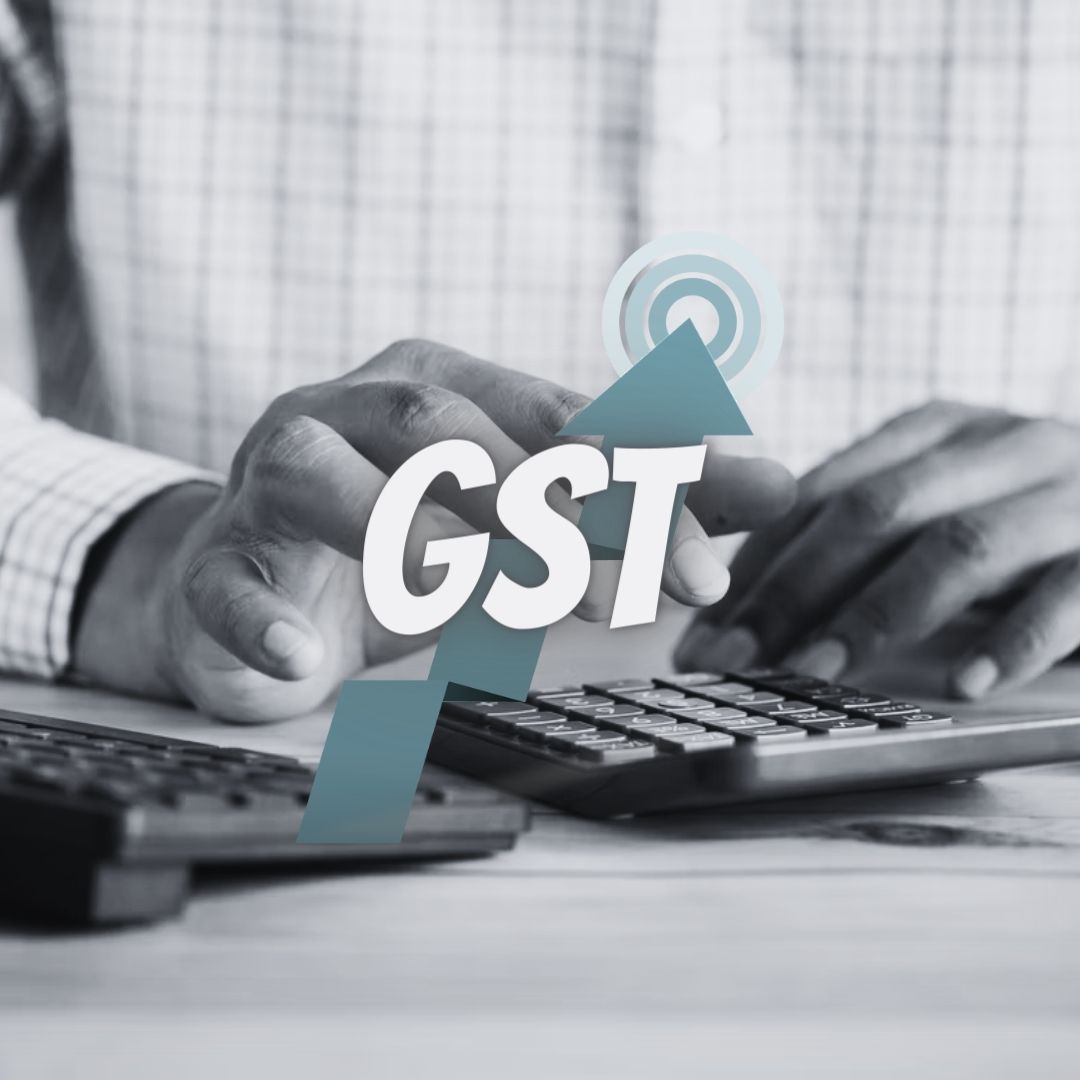
Image Credit: Unsplash
GST Collection Making Records! Is Higher Revenue Indicating Economic Or Inflation Growth?
Writer: Ronit Kumar Singh
A confident and reliable journalist who always desires to toss the unheard voices. I cover politics and governance extensively through stories.
India, 16 Aug 2022 10:10 AM GMT | Updated 16 Aug 2022 10:37 AM GMT
Editor : Shiva Chaudhary |
A post-graduate in Journalism and Mass Communication with relevant skills, specialising in content editing & writing. I believe in the precise dissemination of information based on facts to the public.
Creatives : Ronit Kumar Singh
A confident and reliable journalist who always desires to toss the unheard voices. I cover politics and governance extensively through stories.
The Ministry of Finance informed that GST collection for July 2022 has been the second highest ever. The record collections have also invited research suggesting that inflation and rising imports are making higher revenue streams.
The global geopolitical issues have affected the inflation records and disruption in export and imports led by several countries. Earlier, COVID-19 led to a pandemic that sealed the border between countries. Now, a range of global issues, from the Ukraine war to climate change, have contributed equally to disruption in boosting economies.
Whereas in India, the Goods and Services Tax (GST) has clocked over Rs 1.4 lakh crore mark for five consistent months, with April and July 2022 recording the highest revenue of Rs 1.68 lakh crore and Rs 1.48 lakh crore, respectively. The increasing numbers amid uncertain global conditions have posed an exclamation and invited many economic experts to research India's potential economic growth.
👉 GST Revenue collection for July 2022 second highest ever at ₹1,48,995 crore
— Ministry of Finance (@FinMinIndia) August 1, 2022
👉 For five months in a row now, the monthly GST revenues more than ₹1.4 lakh core, showing a steady increase every month
Read more ➡️ https://t.co/oSU921VpYw
(1/2) pic.twitter.com/88O5t2l3Q1
According to Business Standard, a report by Ambit Capital suggests that the record GST collection by the finance department of India is less due to increased product consumption and more due to the effects of inflation and rising imports. In July, revenue clocked over Rs 1.49 lakh crore, making it 28 per cent higher than last year.
According to government sources, the record revenue collection is an exemplary example of growth in the economy of India, which is 7.4 per cent as predicted for the fiscal year 2022. In contrast, the researchers and economy experts have found that the consumption of products (which is already less than expected) is a mere contributor to record GST collections as it's just 2 per cent up from pre-pandemic months.
Apart from inflation, the Ambit Capital report also suggested that a surge in imports has contributed majorly to higher revenue collection, which rose 54 per cent year-on-year (YoY) in FY22. The increase in imports driven by higher commodity prices has significantly grown GST collections.
Opposition Triggers Debate
The opposition comprising Aam Aadmi Party (AAP) and Congress, have also not left any stone unturned in blaming the government for record-high inflation (wholesale inflation of 13.9 per cent). In reply to the opposition, the Union Finance Minister, Nirmala Sitharaman, claimed in Parliament that expensive goods do not lead to higher GST collection as consumption reduces.
The AAP MP Raghav Chadha took to Twitter and said, "The truth: Rev. Secy. Tarun Bajaj said that inflation had a big role in high GST revenue. WPI includes primary food items, and there is a direct correlation in record GST collection (1.68LCr-Apr'22) and high WPI (constantly in double digits, at 15%-Apr'22)."
(2/4) The truth: Rev. Secy. Tarun Bajaj said himself that inflation had a big role in high GST revenue. WPI includes primary food items, and there is a direct correlation in record GST collection (1.68LCr-Apr'22) and high WPI (constantly in double digits, at 15%-Apr'22). pic.twitter.com/pvzro4gFEt
— Raghav Chadha (@raghav_chadha) August 5, 2022
The Ambit Capital report has also suggested that high wholesale and retail prices have pushed the revenues to a higher extreme. "Data suggests that nominal GDP growth and indirect tax collection have a robust correlation. Therefore, the surge in prices has been the single most important factor for higher GST collections," the report says.
The State Bank of India research also suggests that 8 per cent of the current boost in GST collections is driven by high inflation.
Also Read: Reusable & Eco-Friendly! Jamia Students Make Sanitary Napkins Using Bamboo, Employ Women From Slums
 All section
All section














